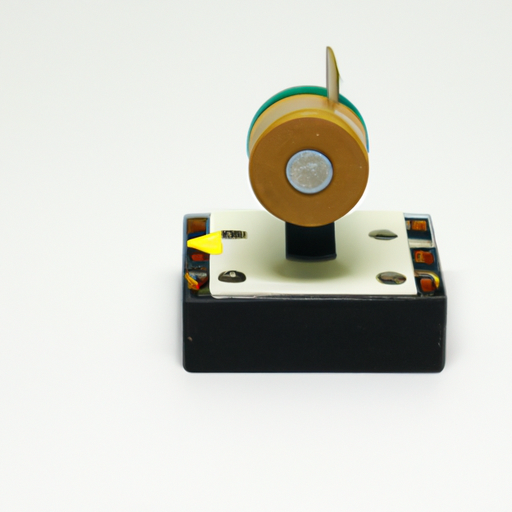Sliding potentiometers, also known as slider potentiometers or faders, are a type of variable resistor that is commonly used in electronic devices to control the level of a signal. They are widely used in audio equipment, such as mixers and amplifiers, as well as in lighting control systems, industrial machinery, and other applications where precise control of a variable parameter is required.

1. Linear sliding potentiometers:
Linear sliding potentiometers are the most common type of sliding potentiometer. They have a linear resistance taper, which means that the resistance changes linearly as the slider is moved along the track. Linear sliding potentiometers are used in a wide range of applications, including audio equipment, lighting control systems, and industrial machinery.
Linear sliding potentiometers are available in various resistance values, typically ranging from a few ohms to several kilohms. They are also available in different lengths, with longer sliders providing a longer travel distance and more precise control.
2. Logarithmic sliding potentiometers:
Logarithmic sliding potentiometers, also known as audio taper potentiometers, have a logarithmic resistance taper. This means that the resistance changes logarithmically as the slider is moved along the track. Logarithmic sliding potentiometers are commonly used in audio equipment, such as mixers and amplifiers, where a logarithmic response is required to match the sensitivity of the human ear.
Logarithmic sliding potentiometers are available in various resistance values and lengths, similar to linear sliding potentiometers. They are often used in audio equipment to control the volume, tone, and other parameters.
3. Dual gang sliding potentiometers:
Dual gang sliding potentiometers have two separate resistive tracks that are controlled by a single slider. This allows for independent control of two parameters, such as volume and balance in a stereo audio system. Dual gang sliding potentiometers are commonly used in audio equipment, where precise control of multiple parameters is required.
Dual gang sliding potentiometers are available in various resistance values and lengths, similar to single gang sliding potentiometers. They are often used in audio mixers, amplifiers, and other equipment where dual-channel control is needed.
4. Motorized sliding potentiometers:
Motorized sliding potentiometers have a built-in motor that automatically moves the slider along the track in response to a control signal. This allows for remote control of the slider position, making motorized sliding potentiometers ideal for applications where manual adjustment is not practical.
Motorized sliding potentiometers are commonly used in audio mixers, lighting control systems, and other applications where precise remote control is required. They are available in various resistance values and lengths, and can be controlled using a variety of protocols, such as MIDI or DMX.
5. Conductive plastic sliding potentiometers:
Conductive plastic sliding potentiometers use a conductive plastic material for the resistive track, which provides a more stable and reliable performance compared to traditional carbon-based potentiometers. Conductive plastic sliding potentiometers are commonly used in high-precision applications, such as medical equipment, aerospace systems, and automotive electronics.
Conductive plastic sliding potentiometers are available in various resistance values and lengths, and offer a longer lifespan and better temperature stability compared to carbon-based potentiometers. They are often used in applications where high reliability and precision are critical.
In conclusion, sliding potentiometers are a versatile and widely used component in electronic devices, providing precise control of variable parameters in a wide range of applications. The mainstream models of sliding potentiometers discussed in this article offer different features and specifications to meet the diverse needs of various industries. Whether you need a linear or logarithmic taper, dual gang control, motorized operation, or high-precision performance, there is a sliding potentiometer model available to suit your specific requirements.





